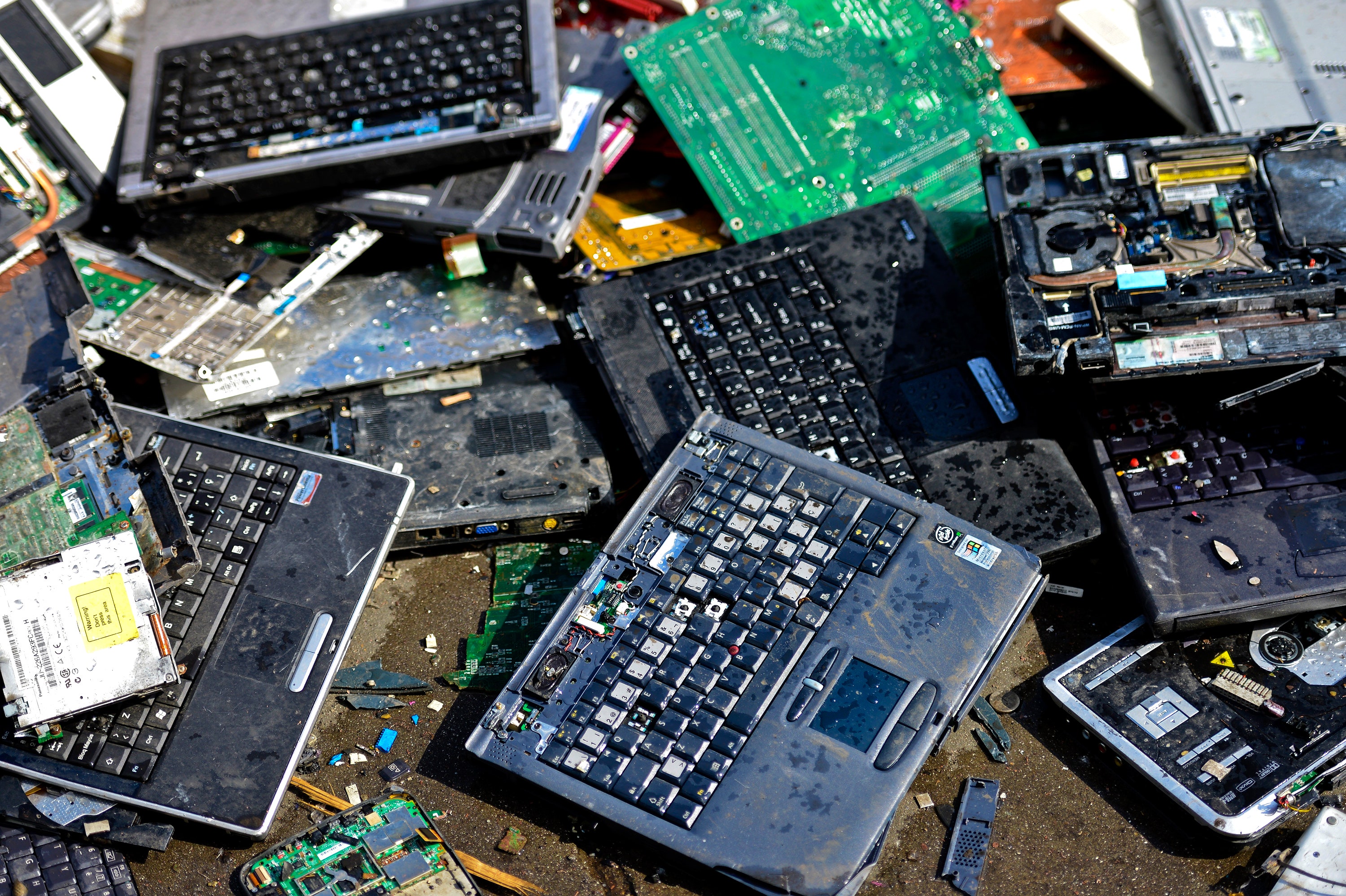In 1991, Switzerland became one of the first countries in the world to implement an e-waste recycling system, in which the disposal price is paid in advance when a product is acquired. All trash electrical and electronic equipment can now be dropped off for free at collection and sales points, where it will be professionally and environmentally friendly disposed of.
Other countries have followed suit to some extent, but the United Nations Environment Programme estimates that up to 90% of the world's e-waste is illegally transferred. WEEE is increasingly being imported from developed countries, particularly to Asia and Africa, and is frequently misdeclared.
WEEE that can be reused is welcome, but the amount of e-waste that needs to be recycled overwhelms local garbage management firms. Workers frequently attempt to extract valuable raw materials using the most basic methods and without the use of safety equipment. As a result, there are major health concerns and contamination in the environment. Since 2007, Step, a global effort backed by the Swiss institutes EMPA and Seco, has been looking for responsible and long-term solutions. This should include not only importing countries, but also electrical and electronic equipment producers, customers, and waste disposal companies.
Old appliances are dismantled professionally and with the appropriate safety procedures in Swiss recycling operations, and pollutants are eliminated. After that, they are shredded in order to recover important elements.
Ghanaian comparison:
In Ghana, important metals such as copper are recovered through burning at one of the world's largest electronic waste sites. Toxic vapors are inhaled by the employees, many of whom are minors.
|
Implement
|
Umsetzung
|
|
Extent
|
Ausmaß
|
|
WEEE
|
EEAG / Elektro und Elektronikaltgeräte
|
|
Contamination
|
Verunreinigung
|
|
Dismantled
|
Demontiert
|
|
Shredded
|
Geschreddert
|
|
copper
|
Kupfer
|
Electrocial Waste Audio.m4a (1,84 mb)

Elektrogeräte werden immer schneller ersetzt und sind oft sogar ab Werk gar nicht mehr auf lange Lebensdauer ausgelegt. Wie viel Elektroschrott fällt auf einem üblichen Wertstoffhof pro Container und Woche etwa an?
a) etwa 200 Kilogramm
b) zwischen 500 und 1000 Kilogramm
c) 3-4 Tonnen
Correct answer is c.